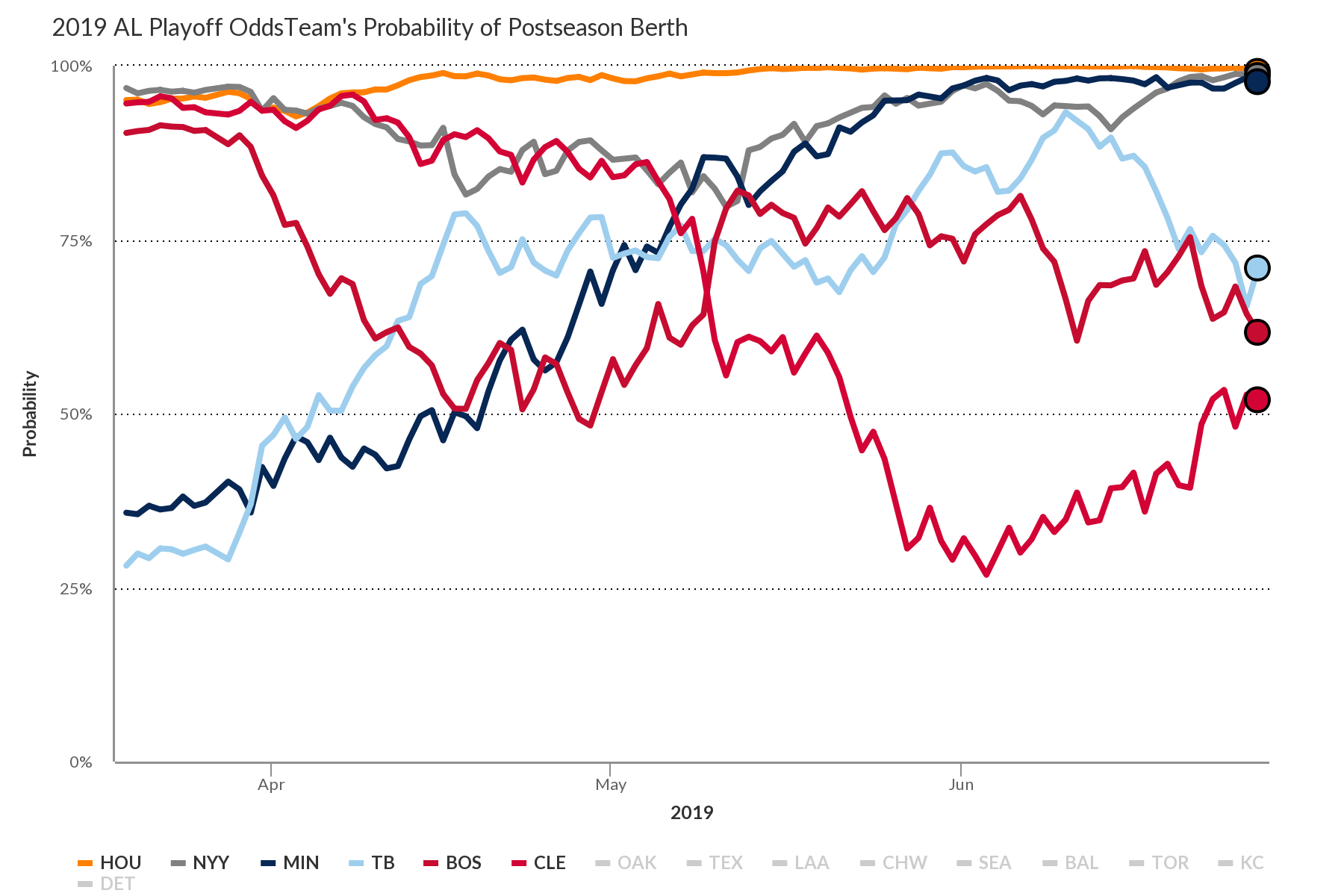Effectively Wild Episode 1397: Stripling Explains it All

Ben Lindbergh and Sam Miller talk to Ross Stripling, Los Angeles Dodgers starter and host of The Big Swing, about why he started and enjoys doing a podcast, how Dodgers president of baseball operations Andrew Friedman influenced his pitching style, how he uses data to prepare for opponents, and how he feels about pitching in an era with the highest home-run rate ever. Then Stripling walks them through what he was thinking and why he threw what he threw in six memorable plate appearances from his career, including a showdown with his nemesis Mike Trout, the first and last batters he faced in his memorable, no-hit debut, his highest-leverage appearance, an 11-pitch PA, and a big moment from the 2017 World Series.
Audio intro: Superchunk, "Throwing Things (Acoustic Version)"
Audio outro: Buzzcocks, "Harmony in My Head"
Link to Stripling’s podcast
Link to Stripling’s Rich Hill episode
Link to Stripling’s fastball height by month in 2016
Link to EW episode with Sam’s reaction to Stripling’s debut
Link to Sam’s feature on Philip Humber
Link to Russell Carleton on the benefits of fouling off two-strike pitches
Link to Stripling PA 1 (vs. Trout)
Link to Stripling PA 2 (vs. Span)
Link to Stripling PA 3 (vs. Pagan)
Link to Stripling PA 4 (vs. Moroff)
Link to Stripling PA 5 (vs. Jay)
Link to Stripling PA 6 (vs. Bregman)
Link to order The MVP Machine
![]() iTunes Feed (Please rate and review us!)
iTunes Feed (Please rate and review us!)
![]() Sponsor Us on Patreon
Sponsor Us on Patreon
![]() Facebook Group
Facebook Group
![]() Effectively Wild Wiki
Effectively Wild Wiki
![]() Twitter Account
Twitter Account
![]() Get Our Merch!
Get Our Merch!
![]() Email Us: podcast@fangraphs.com
Email Us: podcast@fangraphs.com
Podcast (effectively-wild): Play in new window | Download
Subscribe: RSS

